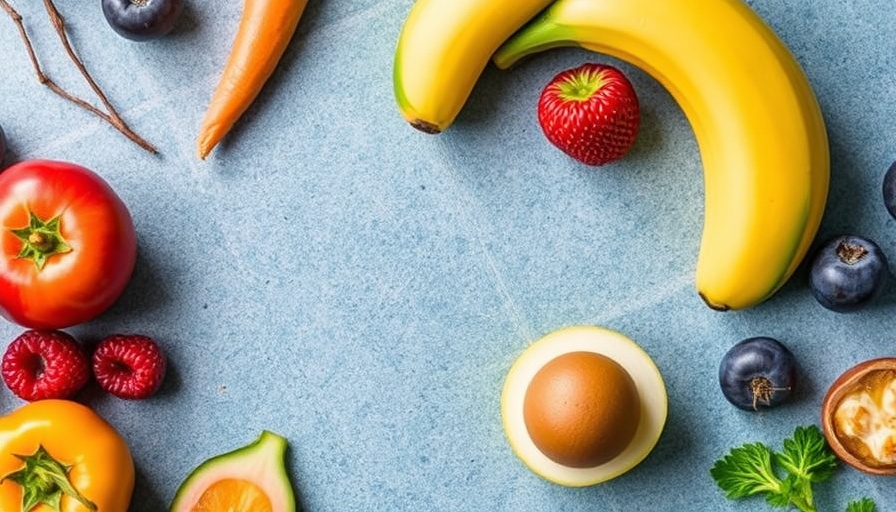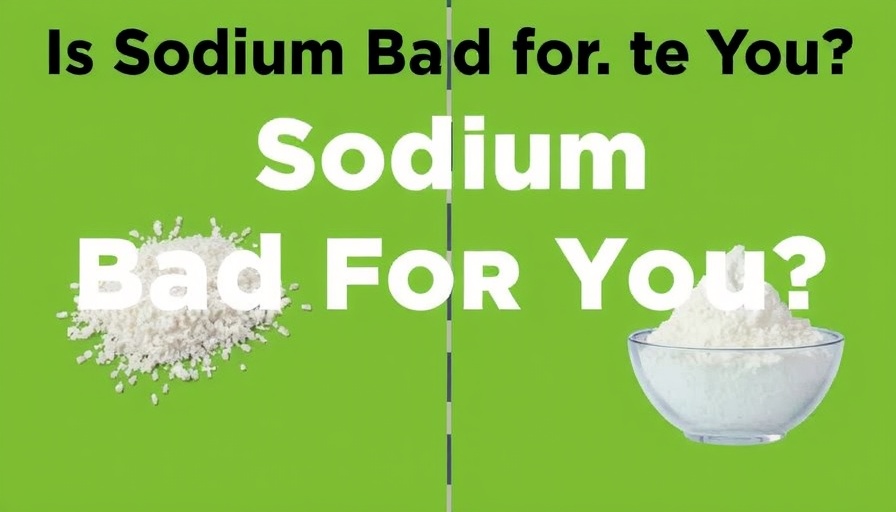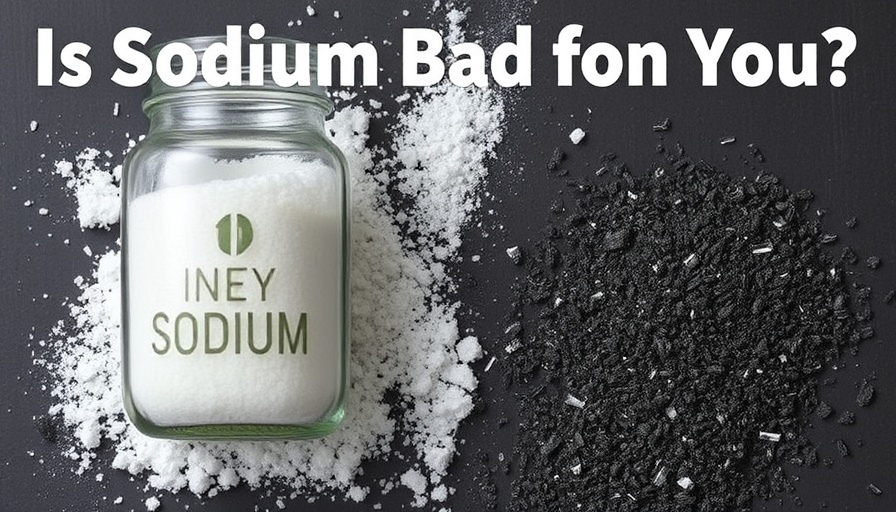
What is Protein Cold Foam and Why is it Popular?
Protein cold foam is a delectable addition to iced coffee, transforming standard beverages into an indulgent yet nutritious treat. This trend has surged as coffee lovers seek healthier options that do not compromise on flavor. Tiny bubbles of air create a silky texture, enriching your cold brew while infusing valuable protein into your morning ritual.
The Nutritional Benefits of Protein
Protein is a crucial nutrient that serves many essential functions in our bodies. It not only aids in muscle repair and growth but also plays a significant role in maintaining energy and supporting the immune system. According to experts, incorporating more protein into your breakfast can help you maintain muscle mass while keeping you satisfied longer throughout the day.
How to Make Your Own Protein Cold Foam
For those curious about trying this trendy topping at home, making protein cold foam is surprisingly easy! Start by combining your choice of protein powder with skim milk or a milk alternative. Using a hand frother or blender, mix vigorously until you achieve a light, fluffy texture. Pour it over your iced coffee and enjoy a delightful upgrade to your usual cup!
Why You Should Try Protein Cold Foam
The beauty of protein cold foam lies in its versatility. It allows you to customize your coffee experience while enhancing its nutritional value. By opting for a homemade version, you not only save money but also control the quality of ingredients, ensuring a healthier treat that aligns with your dietary goals.
As you embrace this latest trend, consider integrating protein-rich ingredients into other meals and snacks. Whether as a breakfast option or a mid-afternoon pick-me-up, increasing your protein intake can significantly impact your energy levels and overall well-being. So, gather your ingredients and start experimenting with your coffee creations. Your taste buds and body will thank you!
 Add Row
Add Row  Add
Add 




Write A Comment